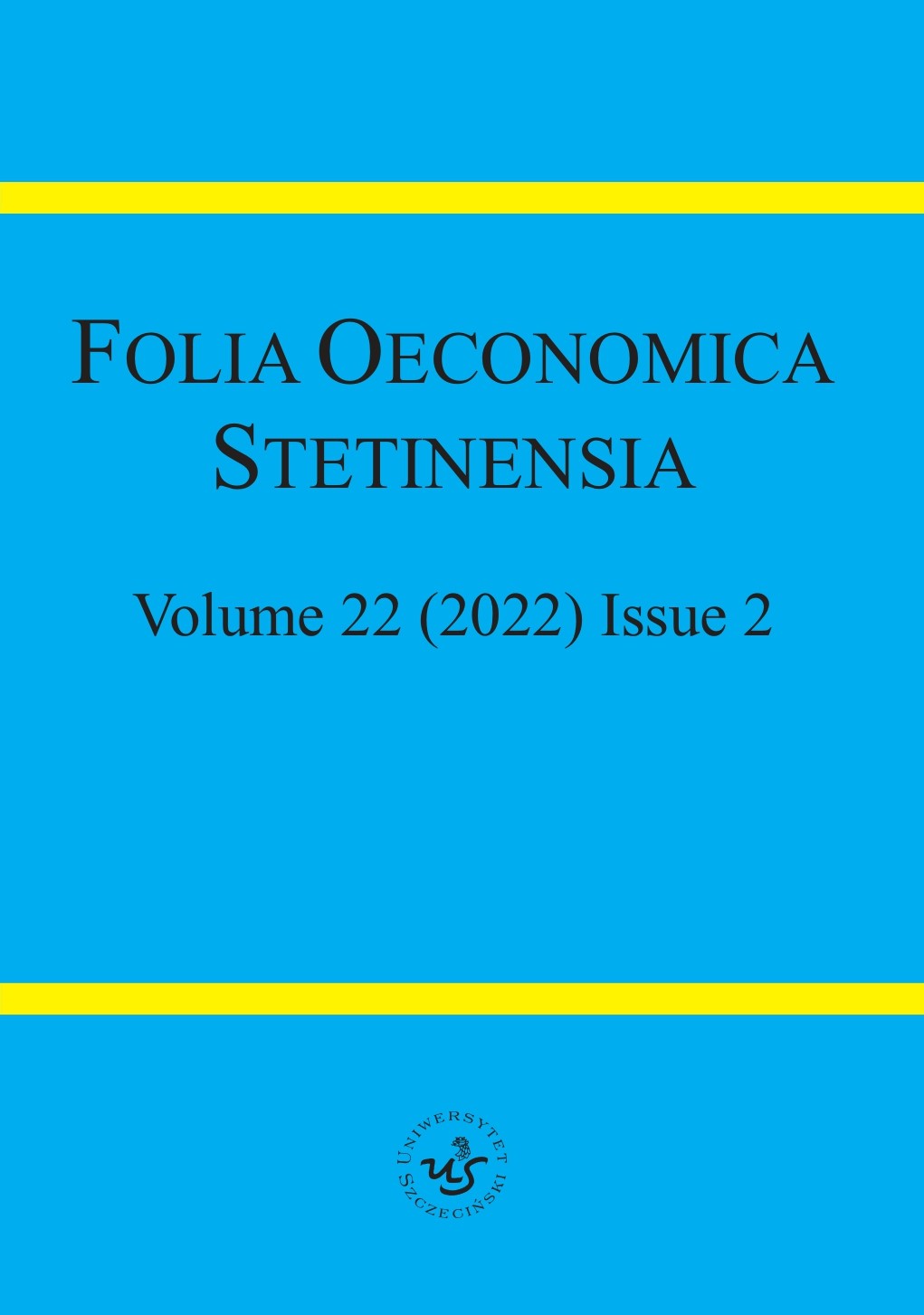An Evaluation of Circular Economy Development in the Baltic States
An Evaluation of Circular Economy Development in the Baltic States
Author(s): Ugnius Jakubelskas, Viktorija SkvarcianySubject(s): Economy, National Economy, Energy and Environmental Studies, Socio-Economic Research
Published by: Wydawnictwo Naukowe Uniwersytetu Szczecińskiego
Keywords: circular economy; circular economy development; circular material use; resource productivity and domestic material consumption (DMC); the Baltic States
Summary/Abstract: Research background: The fact that all resources are not infinite and the needs of society are steadilyincreasing, new ways of producing, consuming and waste disposal should be adopted. A circular economyas a modern alternative to a linear economy became one of the priorities of the European Union in order tocreate a modern, resource-efficient and competitive system.Purpose: The purpose of this article is to present the concept of a circular economy and the justificationof its implementation based on a literature review. The article focuses on determining the factors of a circulareconomy and evaluating its importance in the Baltic States. In other words, the main aim of the article isto highlight the factors of a circular economy and assess its significance.Research methodology: A panel regression analysis was used in order to evaluate which indicator of theselected circular economy factors is the most important.Results: The survey reveals that waste electrical and electronic equipment has the most significantpotential for increased circular material use rate in the Baltic States. All electrical and electronic equipmentshould be designed so that it would be possible to repair and reuse it to extend the product life cycle andreduce the carbon footprint. Reducing greenhouse gas emissions in conjunction with increasing the usageof renewable energy could increase resource productivity and domestic material consumption (DMC) andensure Baltic States’ independence in the energy sector through offshore wind farms that have the region’smost considerable potential.Research background: The fact that all resources are not infinite and the needs of society are steadily increasing, new ways of producing, consuming and waste disposal should be adopted. A circular economy as a modern alternative to a linear economy became one of the priorities of the European Union in order to create a modern, resource-efficient and competitive system. Purpose: The purpose of this article is to present the concept of a circular economy and the justification of its implementation based on a literature review. The article focuses on determining the factors of a circular economy and evaluating its importance in the Baltic States. In other words, the main aim of the article is to highlight the factors of a circular economy and assess its significance. Research methodology: A panel regression analysis was used in order to evaluate which indicator of the selected circular economy factors is the most important. Results: The survey reveals that waste electrical and electronic equipment has the most significant potential for increased circular material use rate in the Baltic States. All electrical and electronic equipment should be designed so that it would be possible to repair and reuse it to extend the product life cycle and reduce the carbon footprint. Reducing greenhouse gas emissions in conjunction with increasing the usage of renewable energy could increase resource productivity and domestic material consumption (DMC) and ensure Baltic States’ independence in the energy sector through offshore wind farms that have the region’s most considerable potential.Novelty: There is a lack of studies conducted in the Baltic States focused on circular economy development using panel data. Most of the previous studies were focused on the European Union as a whole or individual countries. This study presents a deeper analysis of circular economy development in the Baltic States.
Journal: Folia Oeconomica Stetinensia
- Issue Year: 22/2022
- Issue No: 2
- Page Range: 193-208
- Page Count: 16
- Language: English

